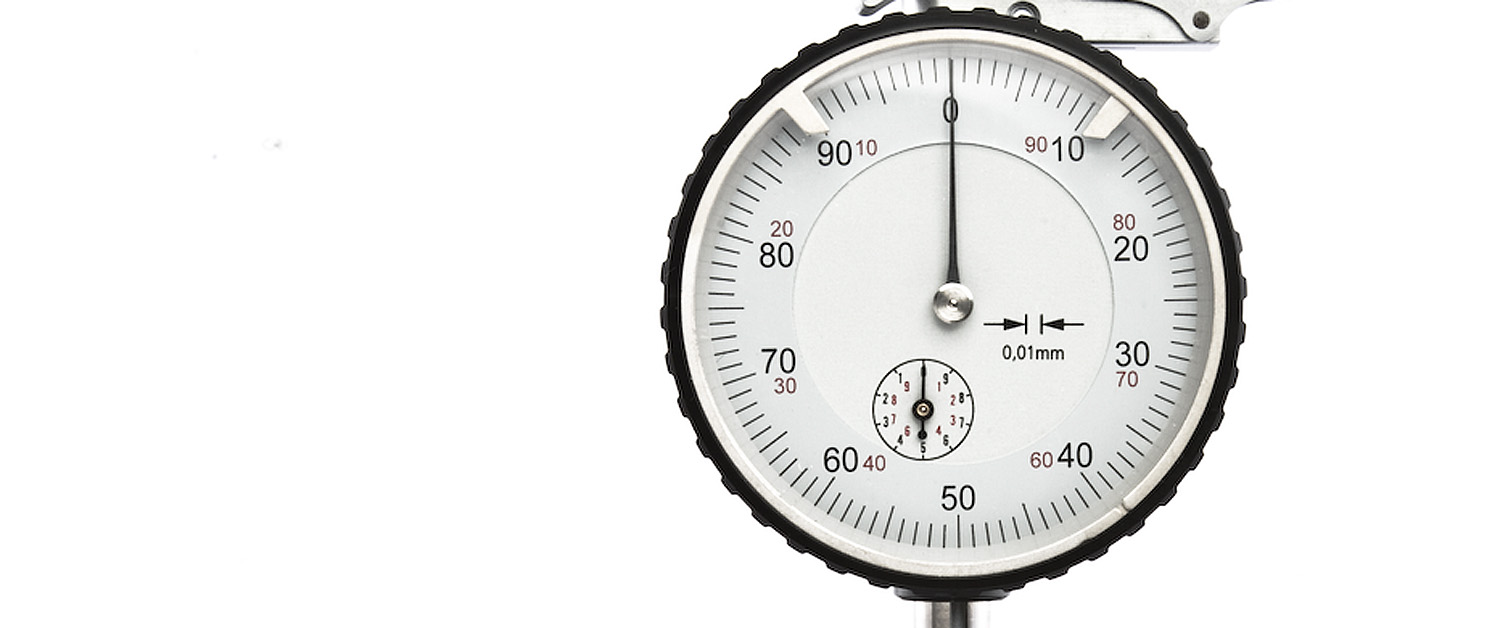
precise and objective.
The quality of a reed does not only depend on the skill of the musician. The canes outward appearance can often be deceiving. As everyones knows, the key lies beneath the surface.
The hardness tester offers an objective way to judge the quality of the cane.
Quality without exception.
Consistent quality with less waste is not longer just a dream.

Für Profis mit Anspruch.
Ein Holzhärtetester ist für uns Oboisten einfach unverzichtbar. Ich habe meinen bei Reeds ‘n Stuff gefunden. Einfach genial.
Albrecht Mayer
Principal Oboe Berliner Philharmoniker
(Foto: Matt Dine)

Digital or Analog.
You can choose between analog and digital.
The battery is hidden in the left compartment at the top of the dial. You can open it with a little screwdriver or the tip of a knive. When you put that back in please be carefull not to bend or damage the contacts on the side of the compartment.
When is it appropriate to test for hardness tester? Before or after pregouging?It is best to use the hardness tester after pregouging if you have a pregouging machine. If you only have a little pregouger it is best after gouging.
How does the analog differ from the digital? On the digital version of either machine - Is it a digital reading of the analogue measurement or is it a digital measurement that is more accurate?The difference between the analog and digital dial is first of all the comfort and easiness of the reading for the digital version and secondly the difference in price. The precision of both is the same. The digital version is connectable with a computer and you can make your own statistics with that.
Why is the hardness tester so important?I consider a hardness tester to be a potentially very valuable tool. Also, after extensively using a hardness tester, and determining what hardness range works for me and my reeds, I don't consider manually crushing cane tubes to be a viable alternative. The only reasons for testing canes' hardness are to reduce the amount of time spent making reeds and to improve the consistency and quality of those reeds. It probably boils down to what anyone considers there time is worth. Regardless of your output, a hardness tester will eventually pay for itself in time saved....time saved not gouging, shaping, profiling and then attempting to finish into good playing reeds those pieces of cane that are either too hard or too soft to ever make a descent reeds. You will also be saving wear and tear on your profiling machine, wire, thread and Duco cement to finish the blanks. Speaking of high and dry, do make sure that your gouged cane is totally dry to your climate before testing it for hardness. I find that totally saturated pieces of gouged cane need to air dry for as long as a month to give accurate hardness readings. That varies too. In the summer, when the humidity is very low and the temperatures are very high, drying takes a lot less time that during the cold, winter months. You might consider going the next logical step, of also screening your cane for flexibility. Do also invest in a Flexter, that twists the cane and gives an idea of how flexible or stiff a gouged piece of cane is. Thanks to the research of Mr. James M. Poe (see IDRS The Double Reed, Vol. 26, No. 2, 2003, pp. 60-64, " Cane Hardness and Flexibility: Related Measurements Leading to Better Bassoon Reeds.") Its best to write the test results on the cane and later on the reed. After a certain period of time you will find your favourite numbers.
When do I have to change the battery?The battery needs to be changed when the dial is flashing or the battery sign appears. The battery is covered by a lid on top of the indicator (on the left side). Open it and take out the old battery. On the battery you will find information about the type of battery used (e.g. SR44 ) Do not touch the new battery with your fingers, use a piece of cloth. When inserting the new battery be careful to not damage the contacts (the little metal parts inside).
Is there any difference between the clarinet cane hardness tester and the bassoon cane hardness tester?The hardness testers differ. The height of the arbour has to be different.
Is it difficult to convert the clarinet hardness tester for use with bassoon cane?It is absolutely simple to change the arbor. Open the screw that holds the arbour, change the arbour and lock the screw.
How do you reset an analog hardness tester to 0?Turn scale so pointer is on “0”.
Could you maybe send me the maximum and minimum measurements the machine can make about the hardness? When you test a pregouged cane, do you get the same density number as when you test the same cane gouged?It is possible and reasonable to test pregouged cane. Because the material is thicker you will get different (bigger) measurements. Practically we get readings from 7 hundredths (hard) – 38 hundredths (soft).
The digital dial shows a number and SET blinks. The number shown does not change even if I move the axle up or down.Please keep ZERO pressed for 3 seconds. This erases the SET memory.
B-Stock
B-Stock items have the same guarantee as our other items, but have blemishes from production or minor signs of use from an exhibition.
- メーカー
- Reeds 'n Stuff
お問い合わせ
Reeds 'n Stuff GmbH
Karlsbader Straße 88c
09465 Sehmatal-Cranzahl
Germany
info@reedsnstuff.com
誤った使い方をすると、怪我をする恐れがあります。
本製品は密室での使用を目的としています。
